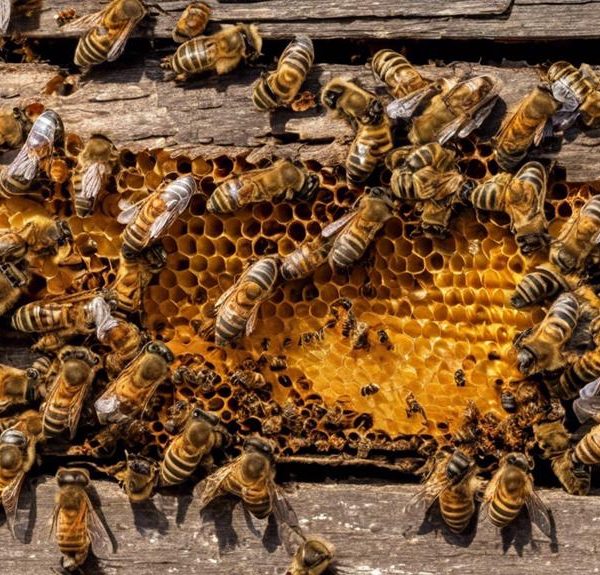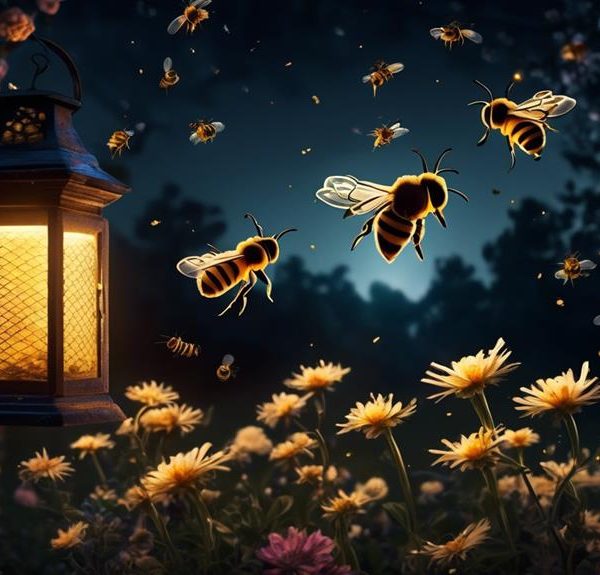Find out the revealing characteristics that distinguish beeswax from paraffin, uncovering a trove of information that could reshape your wax preferences.
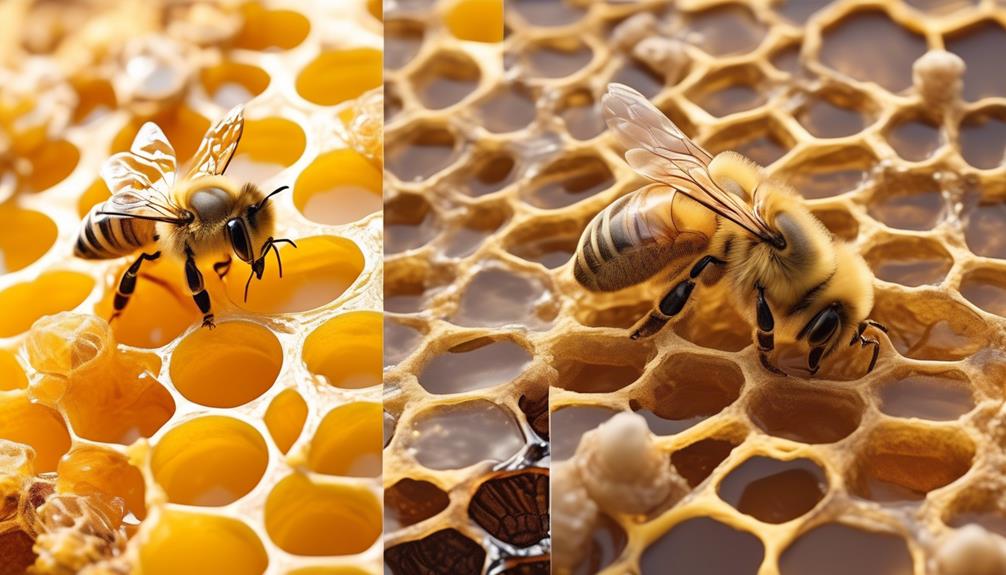
How to Tell Beeswax From Paraffin?
Is there truth to the idea that beeswax and paraffin, two commonly used types of wax, are easily distinguishable by the naked eye? You might think you're well-versed in the subtle nuances between these waxes, but there's more to it than meets the eye.
Unraveling the truth requires a deeper understanding of their physical characteristics, burning properties, and even their impacts on health. You're about to embark on an enlightening journey that will equip you with the necessary knowledge to discern between these two waxes, and who knows, this newfound wisdom could significantly alter your wax preferences.
Key Takeaways
- Beeswax is a natural wax produced by honey bees, while paraffin is a byproduct of the crude oil refining process.
- Beeswax has a golden color, sweet aroma, and is solid yet pliable, while paraffin is typically white or colorless, odorless, tasteless, harder, and more brittle.
- Beeswax burns with a brighter, warmer flame, lasts longer, and can drip if not made properly, while paraffin burns with a softer, cooler flame, doesn't last as long, and doesn't drip.
- Beeswax candles are natural, free from harmful toxins, and produce negative ions that can help alleviate symptoms of allergies and asthma, while paraffin candles can release carcinogenic toxins, cause allergic reactions and asthma attacks.
Understanding Beeswax and Paraffin
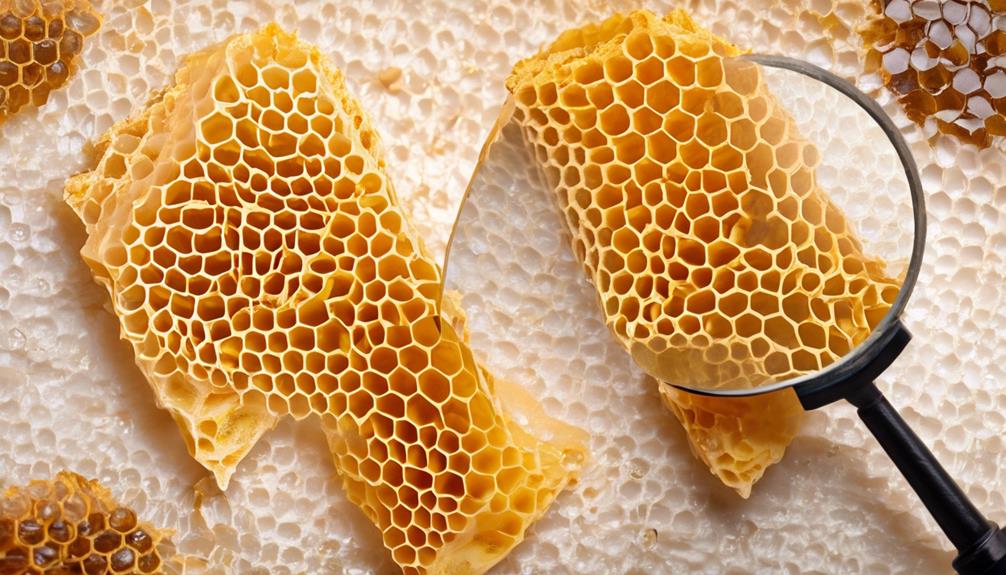
To fully appreciate the differences between beeswax and paraffin, you must first understand their unique properties and origins. Beeswax, a natural wax produced by honey bees, is known for its golden color and sweet, honey-like scent. It's often utilized in cosmetics, candles, and food products due to its non-toxic, non-allergenic, and non-carcinogenic properties. Its high melting point of 62-64°C makes it ideal for candle making as it burns slowly and brightly.
On the other hand, paraffin is a byproduct of the crude oil refining process, which makes it a non-renewable resource. It's colorless and odorless, but it can be easily dyed and scented. Paraffin wax has a lower melting point, around 37-65°C, which allows for a quicker burn. However, it's worth noting that paraffin candles can release harmful toxins when burned, potentially causing health issues.
Understanding these differences is crucial in making an informed choice between these two types of wax. Whether you're concerned about sustainability, health impacts, or burn time, it's essential to know what you're dealing with. Knowledge, after all, is power.
Physical Differences to Spot
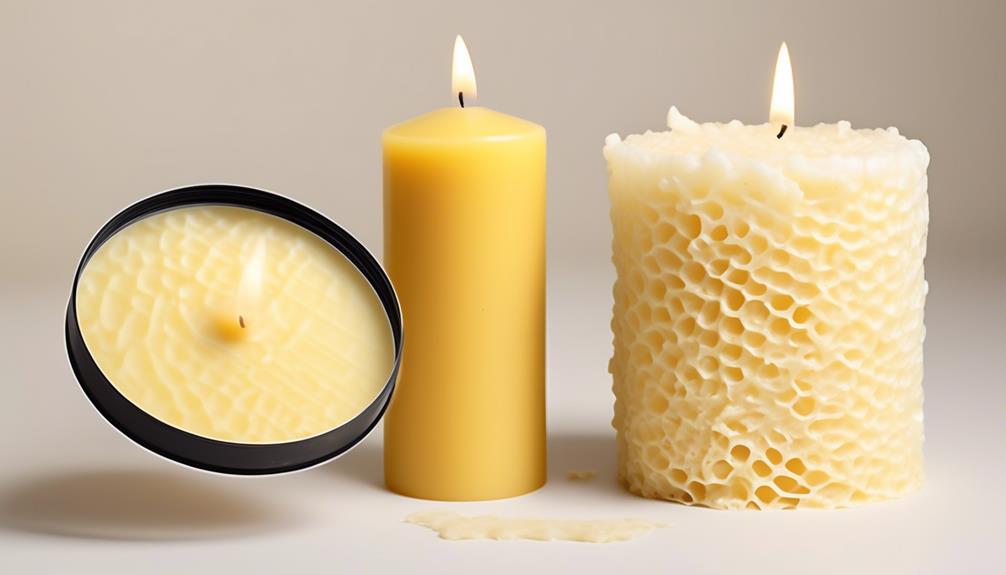
Spotting the physical differences between beeswax and paraffin isn't as daunting as it may seem, especially when you know what to look for. Beeswax, the natural wax produced by honey bees, has a slightly golden or yellowish hue due to the pollen and propolis content. It's solid yet pliable, with a naturally sweet, honey-like aroma. When lit, it produces a bright, warm glow.
Paraffin, on the other hand, is a petroleum by-product, typically white or colorless unless dyed. It's harder and more brittle compared to beeswax. It's odorless and tasteless, and when lit, it gives off a bright, clear light.
The texture differs as well. Beeswax is naturally tacky to the touch, whereas paraffin is slick and oily. Also, beeswax has a higher melting point, around 62-64°C, making it burn slower and longer. Paraffin, with a lower melting point of about 37°C, burns faster.
Knowing these physical differences helps in making an informed choice between the two. Remember, beeswax is a renewable resource which benefits the environment, while paraffin is a non-renewable resource with potential health risks. Choose wisely.
Burning Characteristics Comparison
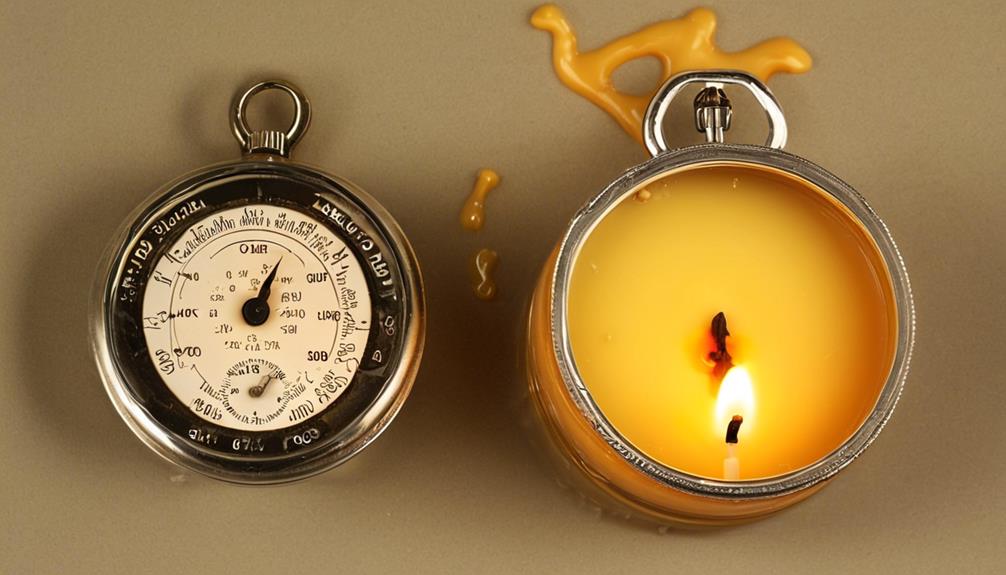
Building on your knowledge of their physical differences, let's now explore the burning characteristics of beeswax and paraffin, a crucial factor in their use in candle-making.
When you light a beeswax candle, you'll notice it burns with a brighter, warmer flame. This is because beeswax has a higher melting point and thus burns hotter than paraffin. It also burns slower, meaning a beeswax candle lasts longer than its paraffin counterpart. However, it's important to note that beeswax can drip if not made properly, so ensure you're purchasing quality products.
Paraffin, on the other hand, burns with a softer, cooler flame. Unlike beeswax, paraffin is prone to smoking if the wick isn't trimmed regularly. It also has a lower melting point, which means it burns faster and therefore the candle doesn't last as long. In terms of soot production, paraffin tends to produce more soot than beeswax, potentially staining your candleholders or walls.
Health Implications of Both
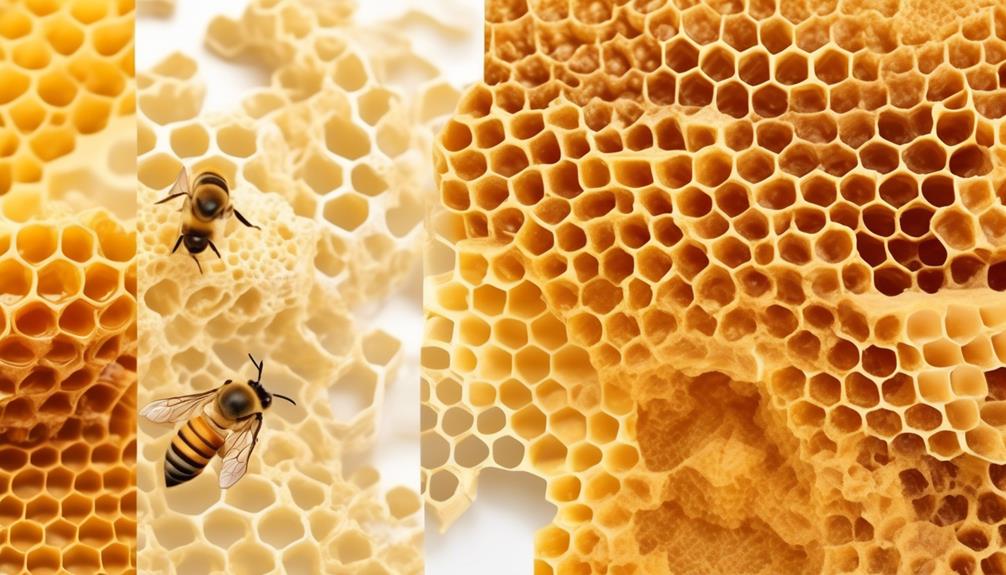
While you mightn't immediately consider the health implications of your choice in candles, it's important to know that burning beeswax and paraffin can have different effects on indoor air quality. Now, let's delve into the specifics.
Paraffin is a petroleum byproduct that, when burned, releases carcinogenic toxins such as toluene and benzene into the air. These compounds can linger in your living space, potentially causing allergic reactions, asthma attacks, or even long-term health problems.
On the flip side, beeswax candles are a healthier alternative. They're completely natural and free from harmful toxins. When you light a beeswax candle, it produces negative ions. These ions bond with pollutants in the air, such as dust, mold, and other positive ions, effectively neutralizing them. This results in cleaner and purer air. Beeswax candles can also help alleviate symptoms of allergies and asthma.
It's evident that the health implications of your candle choice are more significant than you might initially believe. While both paraffin and beeswax candles provide light and ambiance, only one offers a cleaner burn that contributes positively to your indoor air quality.
Paying attention to these details can lead to a healthier home environment.
Tips for Identifying Wax Types
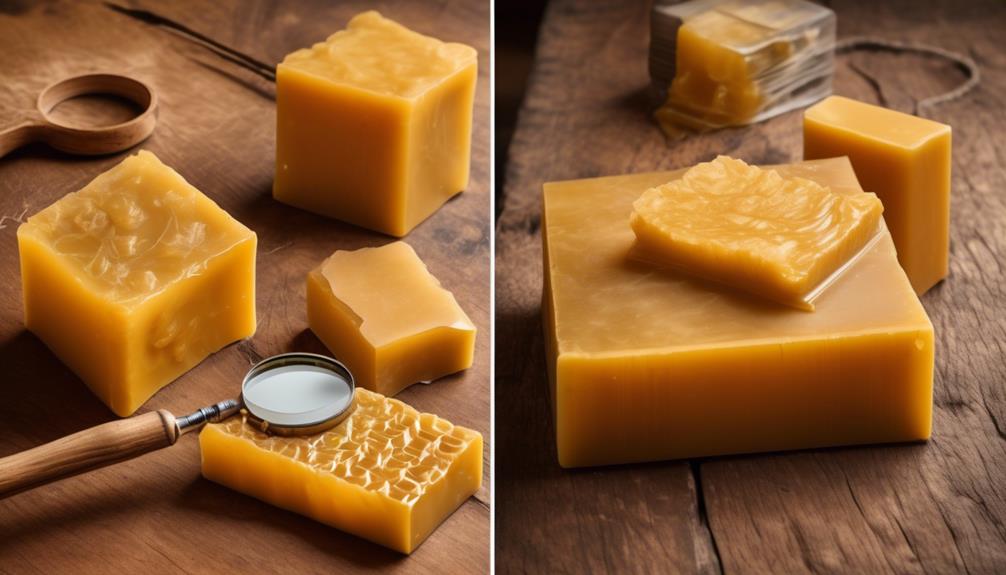
Distinguishing between beeswax and paraffin isn't always a straightforward task, but there are some telltale signs you can look for to help identify the type of wax you're dealing with.
Firstly, consider the texture. Beeswax typically has a firm, yet pliable feel, while paraffin is often harder and more brittle. When you rub the wax between your fingers, beeswax should feel slightly sticky, whereas paraffin tends to be slick and oily.
Secondly, observe the color. Beeswax usually ranges from a deep yellow to a light ivory, reflecting its natural origin. Paraffin, on the other hand, is generally white or colorless, unless it's been dyed.
Lastly, the scent can give you clues. Beeswax has a sweet, honey-like aroma, while paraffin is odorless unless fragrance has been added.
To further your investigation, try melting a small portion of the wax. Beeswax melts around 145-147 degrees Fahrenheit, whereas paraffin melts at a higher temperature, between 122-149 degrees Fahrenheit. This melting point difference may help you distinguish between the two.
Frequently Asked Questions
How Is Beeswax and Paraffin Wax Used in Candle Making?
You use both beeswax and paraffin in candle making for different reasons.
Beeswax, a natural wax produced by honey bees, provides a slow, clean burn and emits a subtle honey scent. You'll find it's denser and harder than paraffin.
Paraffin, a petroleum by-product, is cheaper, easy to dye, and creates a bright flame. However, it burns faster and may produce soot.
Can Beeswax and Paraffin Be Mixed Together for Use?
Yes, you can mix beeswax and paraffin for use. However, you'll need to monitor the proportions carefully. Too much paraffin can cause the candle to burn too hot and quickly, while too much beeswax can make it burn slower and cooler.
It's all about finding the right balance to achieve the desired burn time and fragrance throw. Experimentation is key in getting it just right.
What Is the Price Comparison Between Beeswax and Paraffin Wax?
You're curious about the price comparison between beeswax and paraffin wax. Typically, beeswax is more expensive due to its natural sourcing and the labor involved in its production.
Paraffin wax is usually cheaper as it's a byproduct of petroleum refining. However, prices can vary based on factors like quality, brand, and location.
It's best to check specific retailers for current pricing. Despite the cost, many prefer beeswax for its superior, natural properties.
Are There Any Ethical or Environmental Concerns Associated With the Use of Beeswax or Paraffin?
Yes, there are both ethical and environmental concerns.
Beeswax production can sometimes harm bees if not managed properly.
Environmentally, it's more sustainable as it's biodegradable.
Paraffin, on the other hand, is a petroleum by-product, contributing to fossil fuel usage and CO2 emissions.
It's not biodegradable and can release harmful toxins when burned.
Hence, your choice between beeswax and paraffin should consider these factors.
How Is the Production Process Different for Beeswax and Paraffin Wax?
You're comparing two distinct processes.
Beeswax is naturally produced by honeybees. They secrete it to build honeycombs, so it's harvested directly from hives.
Paraffin wax, on the other hand, is a byproduct of petroleum refining. It's created in labs, where crude oil is purified and processed into a solid wax.
Conclusion
In conclusion, understanding the difference between beeswax and paraffin is crucial. Pay attention to their physical attributes, burning characteristics, and health implications.
Remember, beeswax is naturally golden, burns slower and cleaner, and promotes a healthier environment.
Paraffin, on the other hand, is colorless, burns faster, and could release harmful toxins.
Stay informed and make the right choice for your specific needs.

